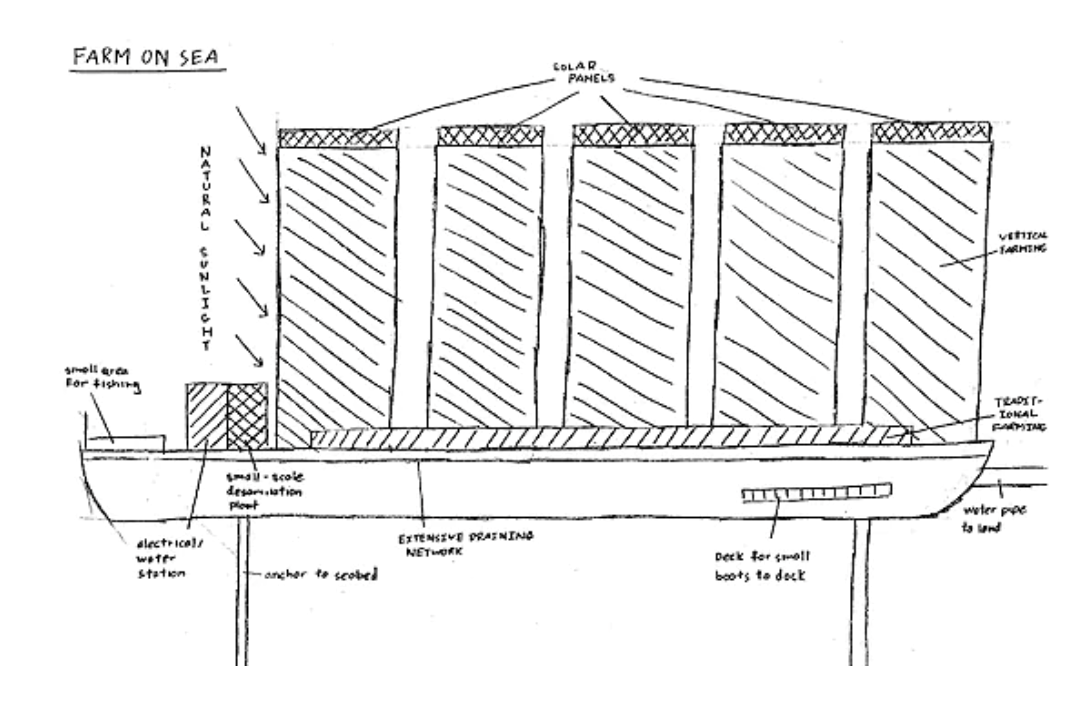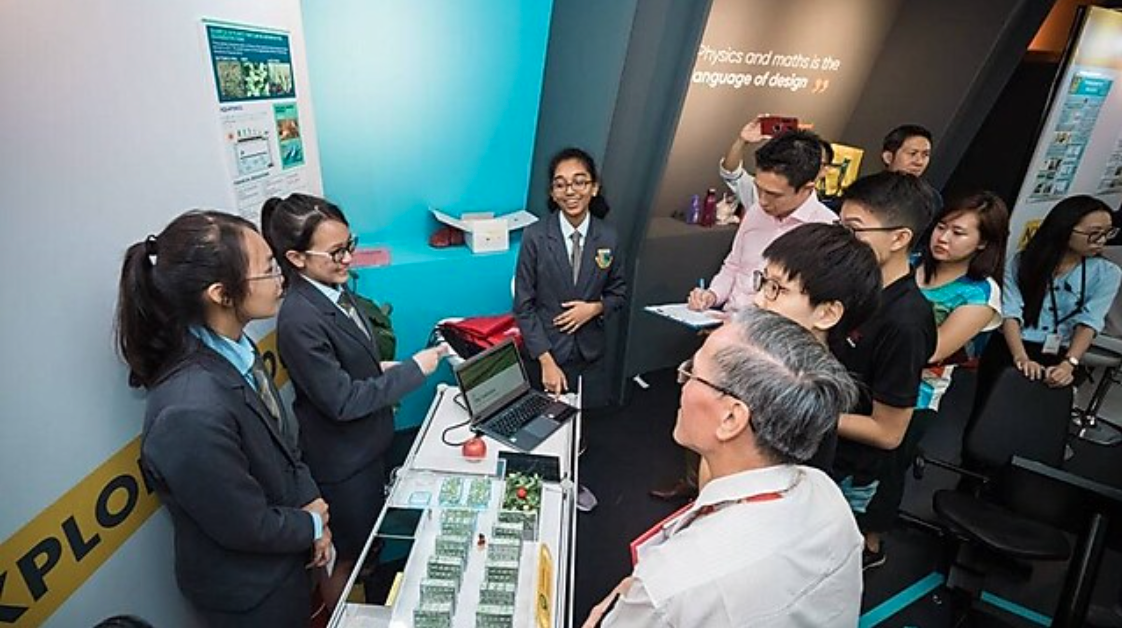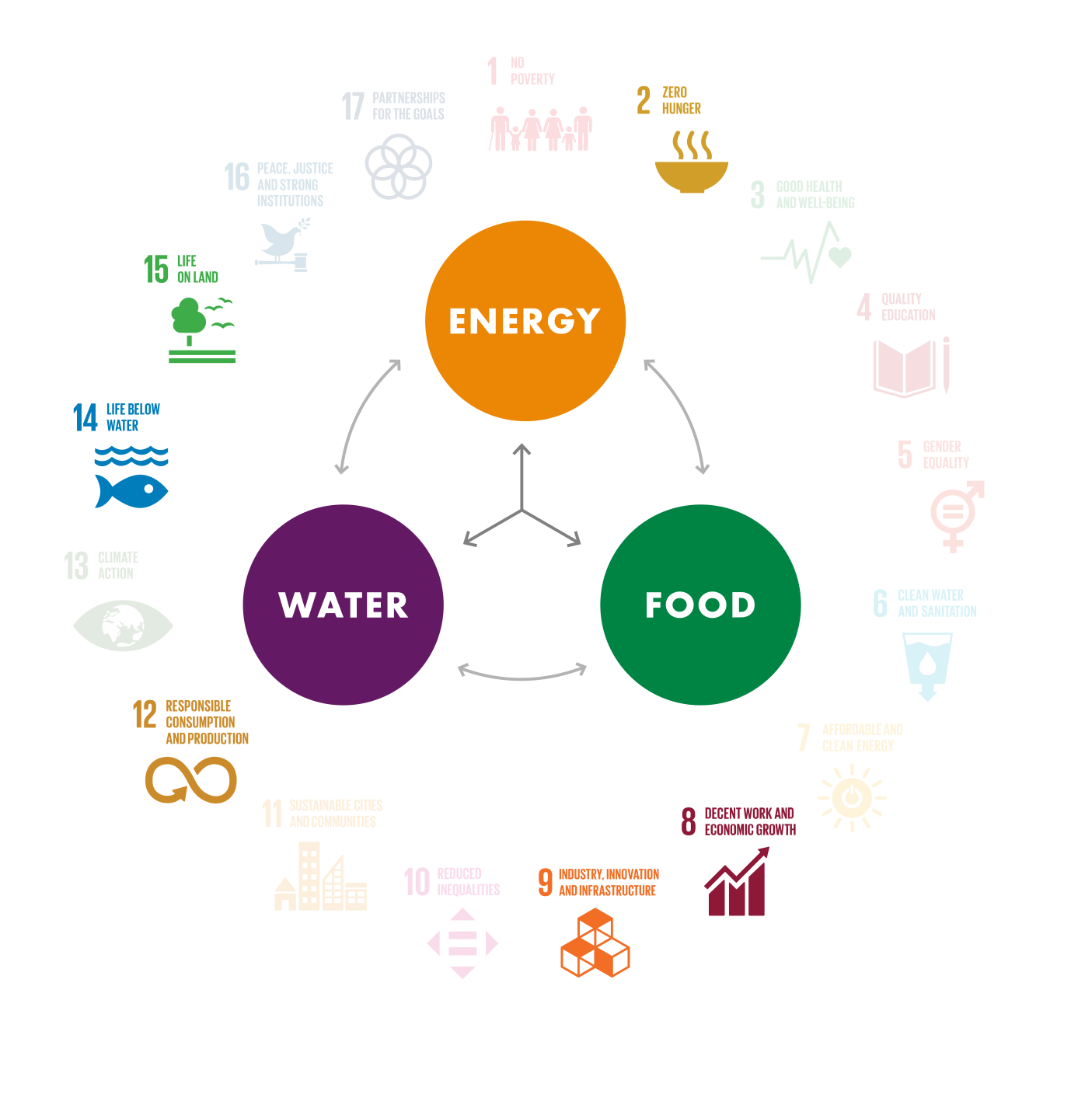NXplorers students at the Cedar Girls Secondary School in Singapore developed a sustainable farming method that would help decrease deforestation in neighbouring Indonesia.
Due to the rapid growth in population there is an increased demand for food in Indonesia. There is currently a shortage of agricultural space to meet this demand and more and more land is being deforested to make space for farmers to use. Between 1990 and 2005, approximately 108,110 square miles of Indonesian forest disappeared, 77% of which were old-growth forests which have been unexplored and unspoiled by humans. (Source: NRDC, Illegal Logging in Indonesia, 2010.)
Land clearance is drastically reducing the size of forests in Indonesia and having a detrimental effect on the climate too. Forests play an important role within hydrological cycles as they transmit huge quantities of water into the atmosphere via transpiration and evaporation. When deforestation occurs, this cycle is interrupted. Fewer trees and plants means less evapotranspiration. This results in a decline in rainfall, leading to a drier climate and making it harder to grow crops.
Using the NXplorers toolkit, students recognised there was a heavy reliance on traditional farming methods in Indonesia. They decided to create a sustainable process that would produce a significant number of crops with the least amount of land, whilst using less water and energy.
The students discovered that rooftop farming and vertical farming were already common practices in both urban and rural areas. The idea that presented the biggest opportunity was creating a farm at sea, as it had not yet been explored and could be developed at scale. They proposed creating a multi-use and expandable space that would be dedicated to the growing and farming of food. The foundation for this was a floating platform they designed, 20-40 acres in size, 10-20km away from land, that could be anchored to the ocean floor.
Plants expend a great deal of energy growing root systems to search soil for the water and nutrients they need to survive. The students therefore wanted to use hydroponics to maximise crop growth and quality on the floating platform. Rather than relying on soil, plants would be grown in a water-based, nutrient rich solution, with root systems supported by an inert medium like rockwool or peat moss.

The students considered a variety of ways to source water to sustain crops all year round. As sea level is lower than the land, the main source of water would come from connecting to reservoirs and pumping water across. Secondly, rainwater would be collected for irrigation, alongside an extensive drainage system to ensure the platform would not be flooded. Desalination of seawater would be the third source, but as it is expensive to install and maintain, it would only be used during emergencies.
Though the floating farm would mainly focus on cultivation of crops, the students also saw an opportunity for excess deck space to be allocated to fisherman and boats. This would increase food production as well as providing additional income for people. Overall, the floating farm would provide multiple benefits - it would produce more crops, protect livelihoods and preserve the environment. It provides an alternative solution to a global issue around land management, and could be replicated across different regions, such as Singapore, where most land is currently used for infrastructure.

The world’s growing population will lead to more food, water and energy issues in the future, which will result in the shortage of land for infrastructure and plantations. It is imperative to address this issue in order to save lives.
By addressing an impending food shortage problem, the NXplorers students were able to build a long-lasting solution that would solve multiple issues surrounding production practices and the environment. Their floating farm idea contributes to several UN SDGs overall, including 2, 8, 9, 12, 14 and 15.
2. Zero Hunger
End hunger, achieve food security and improved nutrition and promote sustainable agriculture
8. Decent work and economic growth
Promote sustained, inclusive and sustainable economic growth, full and productive employment and decent work for all
9. Industry innovation and infrastructure
Build resilient infrastructure, promote inclusive and sustainable industrialisation and foster innovation
12. Responsible consumption and production
Ensuring sustainable consumption and production patterns
14. Life below water
Conserve and sustainably use the oceans, seas and marine resources for sustainable development
15. Life on land
Protect, restore and promote sustainable use of terrestrial ecosystems, sustainably manage forests, combat desertification, and halt and reverse land degradation and halt biodiversity loss.

Diagram of the United Nations’ Sustainable Development Goals numbered in a large circle, each with a smaller diagram below to represent the specific Development Goal. All of the Development Goals are faded, apart from six of them:
2. Zero hunger
8. Decent work and economic growth
9. Industry, innovation and infrastructure
12. Responsible consumption and production
14. Life below water
15. Life on land
Within the circle there are three circles in a triangle formation reading ‘Energy’, ‘Water’ and ‘Food’, with arrows to show how they are all interconnected.